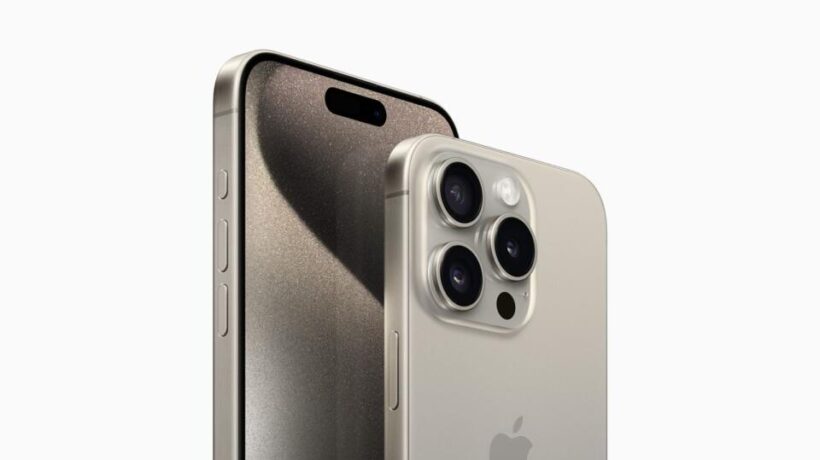Apple CEO Steve Jobs unveiled the first iPhone on January. 9, 2007. On the 12th September 2023, Tim Cook may have unveilled an iPhone 15 marks the beginning of an end for the iPhone as a product.
Besides the change in how you will charge future iPhones and how users will control them via a new button there’s nothing much to celebrate. Apple has been forced by the European Union to drop their traditional charger (lightning port) to adopt the USB-C charger. This means that an iPhone will be charged with similar chargers that are used by its competitors.
The new iPhone 15 will also feature a major change in the form of an Action Button, which replaces the ring / vibrate switch, that can be programmed to do things like activating the camera, turning on the flashlight, starting a Voice Memo, opening a note, switching Focus modes, or running your own custom shortcuts.
One more major unique features is the fact that the iPhone 15 will be the first to be wrapped in titanium which you can also hide with newly launched iPhone 15 fine woven covers.
Some Apple fans were expecting more from a device that gave birth to the smartphone industry as we know it. Other Apple products and features launched during the 12th September event suggest that Apple is preparing for the burial of this product. One of the most important announcements at the Apple event was related to the Apple watch. The upcoming Apple Watch Series 9 will introduce a new gesture called Double Tap. The significance of this feature marks the beginning of a new product line at Apple. The US tech giant is getting us ready for the Apple Vision Pro which will take virtual reality to new heights. When the headset was introduced it was showcased as something that will use gestures to enable some of its functions. The Double Tap on the Apple Watch forms part of how we will use Apple products in the future. The days of using a screen are numbered. Just as the touchscreen removed the need for physical buttons, gestures across Apple products will remove the need for screens. At this stage the iPhone seems to be the first product that could be rendered unnecessary when the Apple Vision, the watch and airpods work together.
We are headed to a future where wearable technology will become the means through which we engage and interact with the computing world. The need for a screen on a smartphone is slowly becoming irrelevant. This change may take ten years to fully become a reality, however, the process of getting users to adopt it is starting now.
According to the International Data Corporation (IDC) Worldwide Quarterly Mobile Phone Tracker, worldwide smartphone shipments declined 18.3% year over year to 300.3 million units in the fourth quarter of 2022 (4Q22). The drop marked the largest-ever decline in a single quarter and contributed to a steep 11.3% decline for the year. 2022 ended with shipments of 1.21 billion units, which represents the lowest annual shipment total since 2013 due to significantly dampened consumer demand, inflation, and economic uncertainties.
Apple can see the writing on the wall. The US tech giant is not alone in feeling the waning interest in smartphones. Most competitors in the smartphone industry are also struggling to innovate. In response Apple is working on another completely new product, the Vision Pro. The challenge is that the technology is not ready and will require careful implementation for users to adopt it at scale.
The introduction of double tap gesture on the Apple is part of a process of introducing the Apple Vision Pro at least in terms of the way it will be used. As for the iPhone its disappearance on the market will be gradual as it’s seen on the poor showing on the innovation front. It’s not helping that China may also add to the demise of the iPhone as the reports from Bloomberg indicate that the device may be banned within government circles in the country due to security concerns. For now the iPhone remains one of the best smartphones ever created however it may have reached its peak.







